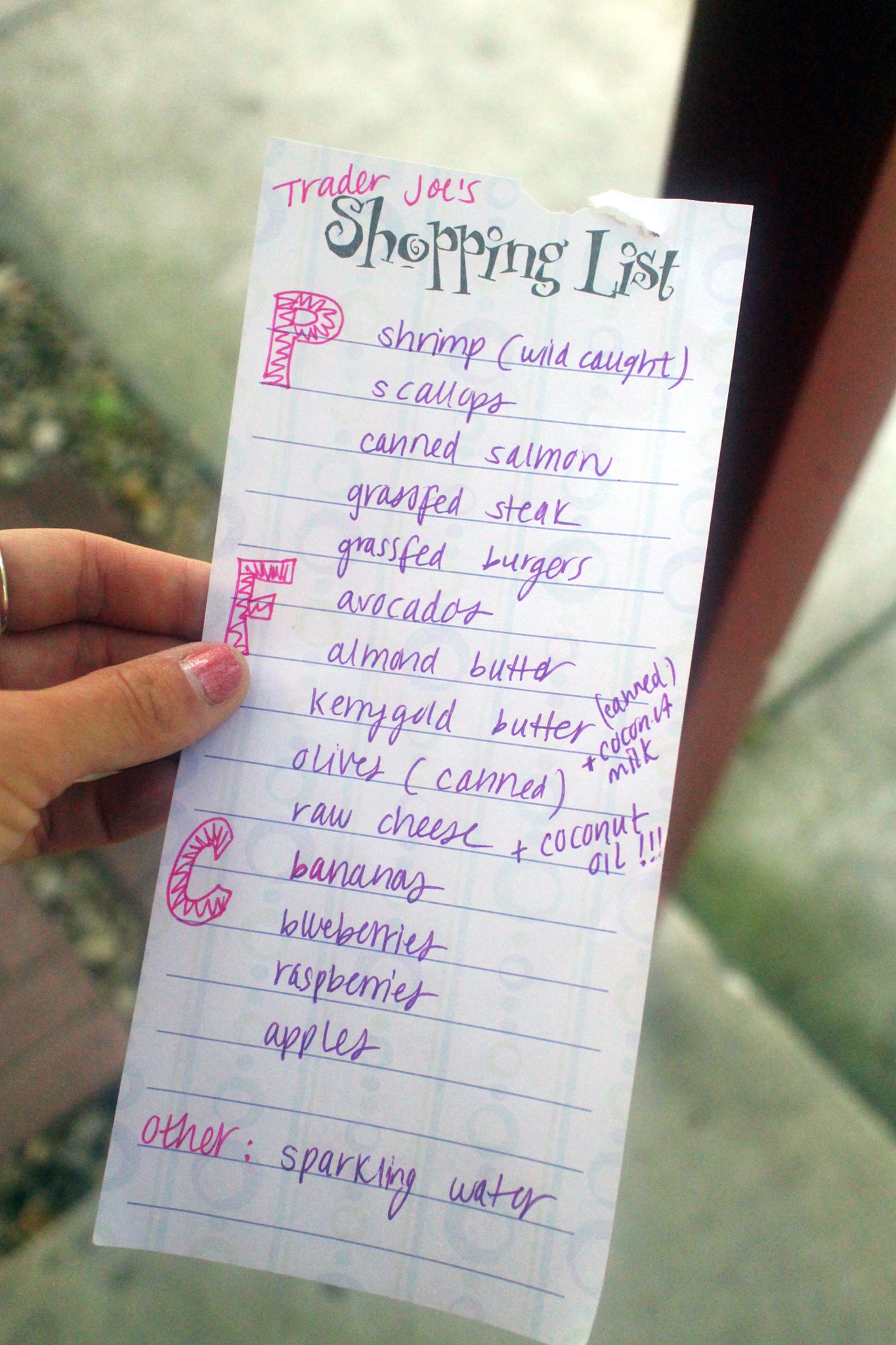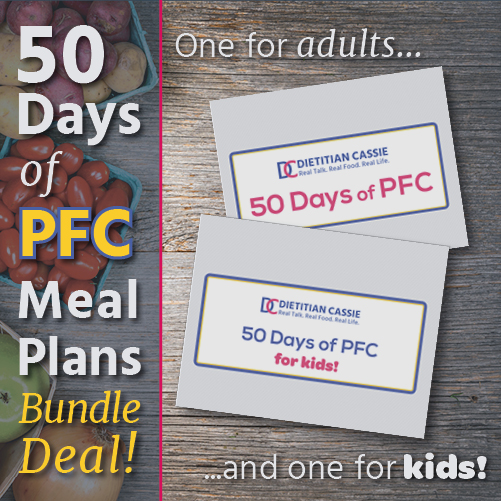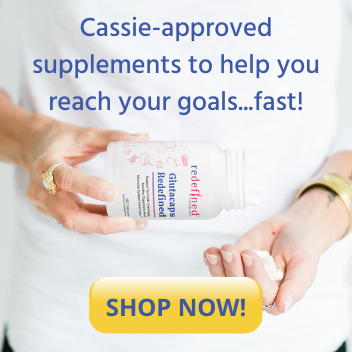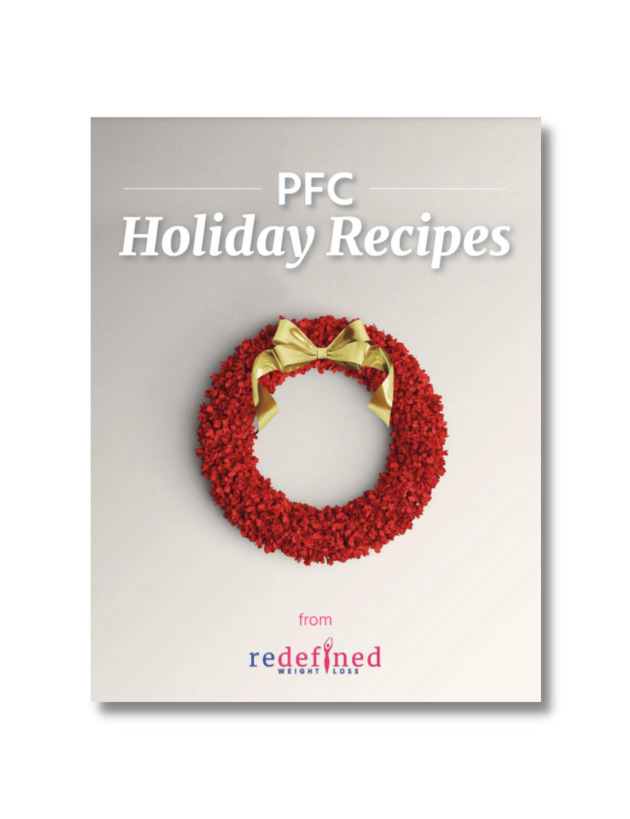Smart grocery shopping is key when transitioning to a new way of eating. The grocery store can be a stressful, agonizing experience if you don’t have some judicious food-selection strategies in place before you get there. If you don’t have a plan of attack, you may be tempted to toss into your cart various items from your past life. items that may very well hinder your energy goals, cloud your focus, lower your self-confidence, and make your jeans fit more tightly. The foods that make their way into your grocery cart will make or break your ability to adhere to your new PFC-balanced way of eating and living. Alike the “unbrainwashing” that needs to take place from former, destructive dieting tactics (like counting calories and eating low-fat,) your grocery shopping will also need a makeover.
As with actually eating, my advice for grocery shopping is to “keep it simple.” The food industry spends a ton of money researching how best to manipulate us into buying their cheaply made, nutrient-depleted products. Displays at the end-caps of aisles, treats in the checkout lanes, buzzwords like “natural”, “whole”, and “superfood” plastered on packaging, and flashy signs revealing sale items are there to lure you into purchasing these low-quality (yet overpriced) items. Food manufacturers don’t blink an eye targeting your children too, by strategically placing “kid-friendly” processed junk at their eye level with popular cartoon characters on the packaging.
So let’s cover a game plan with some specific, grocery-store-navigation strategies. The goal is to make it through the aisles and out of the store with everything you need (and nothing you don’t!) to successfully stick to your new way of eating.
Get my Sugar Craving FREE Guide!
Simple Strategies for Smart Supermarket Shopping:
1. Spend most of your time in the produce section. If there’s one thing you can do to improve your overall health, it’s to eat more vegetables and fruits. Pick out fresh avocados and salad veggies like broccoli, kale, cucumbers, cauliflower, peppers, zucchini and carrots. Low-sugar fruits like raspberries, blueberries and blackberries are also good along with my favorite starchy veggie; sweet potatoes.
2. Stick to the perimeter of the store. In general, foods from the center aisles are refined and processed. You’ll find the fresh foods like produce, meat, seafood and eggs when you shop the perimeter. This is because real food spoils, so it does not have a long shelf life. Only brave the middle aisles for oils, fats, frozen items, and spices—or, better yet, stock up on some of these “interior-aisle items” online (and save money, too!), so you can avoid temptation. (See the next strategy.)
3. Buy what you can online. You can save time, tempatation and and even a few bucks! Another perk: You can take your time reading the labels so you don’t miss anything questionable! In addition, I try to make it easier for you by providing links to what I buy since I’ve already done a lot of that legwork.
I purchase the following products online: sparkling mineral waters in bulk (I like Perrier, San Pellegrino and La Croix), nut butters (almond, cashew, peanut, sunflower), oils (olive and coconut), flour (almond, coconut), coconut milk (the cans are better for you than the refrigerated cartons!), nuts (almonds, cashews, walnuts), seeds (sunflower seeds, pumpkin seeds, flax seeds, chia seeds),this organic, toxin-free coffee and MCT oil, and stevia (I keep the packets in my purse and the drops at home) And, of course, you should always have high quality, absorbable vitamin and mineral supplements on hand, and should never resort to buying these from a store (even a health foods store. Again, the markup is ridiculous and you’re very likely getting a much lower quality product, not to mention the unknown quality control (e.g. probiotics should be refrigerated — mine are directly shipped with a cold pack to ensure quality.))
4. Look at labels and aim for a small number of (pronouncable) ingredients. For instance, your peanut butter label should have 1-3 ingredients: peanuts, and maybe oil and/or salt. It can be surprising how many basic food items are loaded with preservatives, trans fats and nasty sweeteners.
5. Don’t fall for deceptive marketing. My favorite example is the peanut butters that are labeled “cholesterol free.” You will never find a peanut butter that contains cholesterol. Cholesterol is found in animal products, so peanut butter is naturally cholesterol-free. Don’t fall for flashy terms like this and others like “fat-free,” or “helps lower cholesterol” on the front of packaging. In fact, Cheerios are known to have a label that says they lower cholesterol, when they are, in fact, the very culprit that raises it (despite what you may have heard.) DON’T fall for this type of marketing! Notice when catchy phrases on the outside of packages catch your eye, and don’t even give those items a second glance.
 6. Make a list and stick to it. No browsing. Planning meals and snacks ahead of time will help you get in, get the necessities and get out. Make it your mission to get in and get out of the store ASAP.
6. Make a list and stick to it. No browsing. Planning meals and snacks ahead of time will help you get in, get the necessities and get out. Make it your mission to get in and get out of the store ASAP.
7. Don’t shop on at empty stomach. You’ve heard this before, and it’s a good tip for good reason. Your brain’s primary biochemical response when you are hungry is to encourage you to seek out sugar (being really intelligent, it knows that hunger means low blood-sugar levels—and sugar presents the quickest way to raise them). Be a smart player of this grocery-shopping game, and get some protein, healthful fat, and carbs (PFC!) in your system before you start. A couple of hard-boiled eggs, some veggies, and some guac should do the trick.
8. Assume that anything you put in your cart will end up in your mouth. We’ve all had those moments where we put a few items into our cart that we really don’t plan on eating (“They’re for the potluck!” or “They’re for the party!”); this behavior almost never serves us. Fill your cart with those items that you feel confident will nourish your body. When in doubt, leave them out.
You have the power to determine what goes into your shopping cart and consequently, in your home and in your body. You can get past those tricky marketing strategies by sticking to your list, grazing the perimeter of the store and spending most of your time in the produce section, reading your labels and not falling for catchy terms.
For meal plans, you’ll love our 50 Days of PFC, where it’s all laid out for you so you know what to eat for 50 full days. We take away the burden of having to figure out what to eat and lay it all out in one convenient e-guide (we have one for adults, and one for kids, too!)
Disclosure: One or more of the links posted on this page is an affiliate link. Please know, however, I wouldn’t recommend a product that I don’t personally use or believe in. 🙂













Thank you for making this list and thank you for the links to the products you can buy online. I added them all to my wish list and will purchase them next time I do my monthly big online purchase 🙂
What I wish I could find more are examples of a weekly menu that you may use. Do you have a link for that??
Thanks for the comment, Autumn. I actually don’t post meal plans on my website – I reserve these for giving during my coaching sessions where I actually completely individualize meal plans based on the client’s biochemistry and goals.
A mere 2 or 3 grams really doesn’t concern me 🙂
I buy some things from Amazon and the others I linked to in the article 🙂